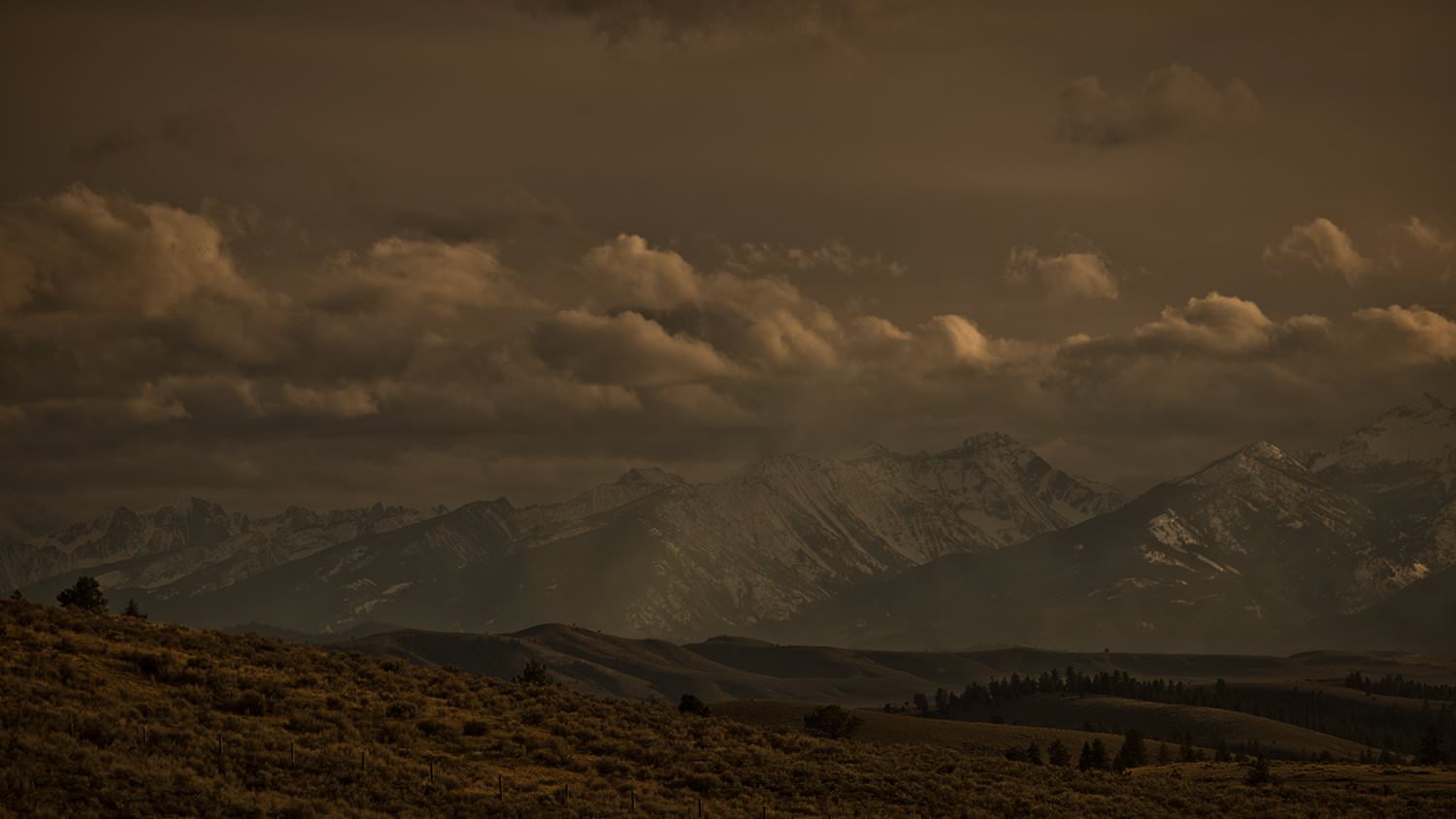How to Schedule Outdoor Media Posts: Why, When and How
- March 4, 2016
- By Adam Preston
- Marketing

Now more than ever, managing a business’s social media presence can be a full-time job. Lots of companies use their social profiles to offer special deals to fans, provide customer support and give people a reason to come back and spend more money.
Why Should I Post Regular Content on Social Media?
That’s easy. If you’ve worked for years to build your brand’s presence via social media, you’ll certainly want to keep that going. The only way to do so is through constant messaging. In business, we’ve all heard about “controlling the message.” That’s certainly critical to success, but in this case, quantity (and I would argue high-quality quantity) is what will allow you to succeed.
Whether you’re doing your social media pages yourself or have foisted that job on a junior staffer, you’ll want to at least first determine what mix works for you. Daily Facebook posts are pretty much the norm for most brands. Successful brands also work in numerous Twitter and Instagram posts each day, followed by varying frequencies (depending on the audience) for places like Google+, LinkedIn, SnapChat, and the video-heavy YouTube, Vine and Periscope platforms.
When Should I Post to My Page?
There isn’t a one-size-fits-all response for this question. In fact, it’s nearly impossible to provide advice other than: Work very hard to see how your brand fits into each piece of the puzzle.
As a reader of the Realtree Business Blog, you’re most likely in the hunting industry. Ah, but which end of the business? If you’re in retail, shed those old-school marketing rules that said to focus on evenings and weekends “when people were home from work and had time to shop.” This is no longer the case. Numerous studies show that most online business is conducted from 9 a.m. to 3 p.m. on Mondays and Tuesdays. It’s easy to see how this could describe a hunter’s buying habits. Joe Smith is fresh off a weekend of scouting for the upcoming deer season and realized he needs a new pair of Muck Fieldblazer II hunting boots. You get the idea.
As for branding posts, you’ll want to experiment to find which days and times work best. As mentioned in last week’s blog, each social media platform is different. You must learn how your fans on each platform respond to your content and keep a close eye on when that engagement occurs.
How Do I Maximize My Efforts?
It bears repeating: Social media can become the biggest time-suck on you and your business if you allow that to happen. Don’t. Maximize your efforts by creating a content plan and sticking to it. Identify content that you believe will shed positive light on your brand, then create a deployment schedule.
Example: Brand X is using Facebook, Twitter, Instagram and YouTube to build awareness and to drive traffic to its own website. It has also determined a need for 365-day awareness. This might require 1,000 to 1,500 touch points (posts, shares, Tweets, photos and video shorts) to meet objectives for the calendar year. That’s a lot of content, but a creative director can not only reduce the number of new pieces, he or she can help you craft the strategy and manage it as you go. Is that person already on your team? Is it you? Or do you need to consider hiring a consultant? These are all questions you need to answer before ramping up your social media campaign.
Scheduling Tools
Hootsuite is the big gun when it comes to pre-scheduling social media messages. It’s a free service that allows you to load posts far in advance of deployment. After signing up, you can link the service to your Facebook, Twitter, LinkedIn, Google+, Instagram and WordPress blog platforms. It also allows you to send the message to all of your platforms at the same time. That’s only part of it — you can also obtain free analytics, which really helps you craft your messages and determine when’s the best time to hit your fan base with specific calls to action. Example: Wednesday mornings might be your best time to strengthen your fan base by deploying lifestyle messages, and late Thursday evenings might show the best engagement on driving e-store traffic.
Finding what works best for you requires a lot of trial and error. What’s more, what works in February might not work in April. That’s why it’s crucial to thoroughly analyze performance at least once a month. Brands fail when they adopt a “set it and forget it” attitude. It’s social media, after all, and that requires constant interaction with your customers. From that perspective, think of Hootsuite as a real-time customer service dashboard … or at least a fairly clear snapshot of what your customers think of you.
You’ll also want to check out TweetDeck. Don’t let the name fool you; it’s not restricted to only Twitter users. TweetDeck isn’t quite as advanced as Hootsuite, but for all intents and purposes it gets the job done quite nicely. I’d recommend it if your brand’s social media presence is pretty much just limited to frequent Facebook and Twitter posts. Hootsuite, on the other hand, allows you to manage nearly all other social media platforms as well.
Editor’s Note: This is Part 2 of our exclusive 5-part series on improving your brand’s social media success. Click here to read the series’ introductory blog, How to Track Your Outdoor Social Media Successes. And coming next week is Part 3: How to Get the Most Out of Dedicated Social Media Posts.
